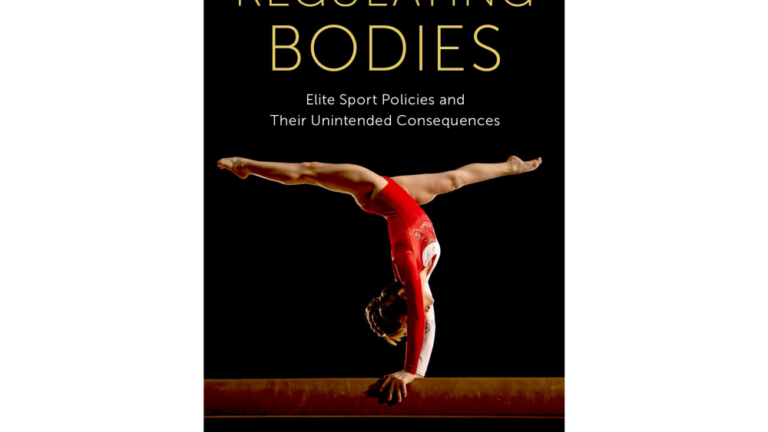Q: How have conservation policies changed as science and technology advance and ethical questions about fairness in sport increase?
SchultzWhen the elite sport policies were first introduced, we didn’t really know how to enforce them, and there were no scientific standards to base the policies on. As sport has become more “scientific,” especially over the last 20 years, we have added more science behind the policies, including scientific measurements such as testosterone levels, and studies into the degree of activity restrictions for para-athletes.
While these are seemingly quantifiable and objective measures, they are also constructs that reflect the social, cultural and political conditions of the time, as well as the people making the policies.
Q: What unintended consequences have these policies had?
SchultzProtective policies can dehumanize athletes, and that’s where unintended consequences begin to emerge.
There are various theories as to why policies restricting athletes based on gender were enacted, initially out of concern for intersex athletes and later transgender athletes competing in women’s sports. There was a desire to protect female athletes from athletes who might have some sort of unfair advantage. These policies were also enacted to protect the image of women’s sports at a time when women’s sports were not considered a legitimate enterprise. However, an unintended consequence of these policies is the exclusion of people of all sexual variation, leaving gender-diverse athletes vulnerable and unable to compete.
Within weight classes, there is a perception that there is an advantage to competing at the lightest possible weight, making athletes easy targets for dangerous weight-cutting tactics. On the one hand, some may say that athletes should be able to do what they want with their bodies, but are we creating sports that inevitably lead to unhealthy habits from which athletes need to be protected?
Q: Policies in elite sport don’t just affect elite athletes. How do these policies trickle down to lower levels of competition?
Schultz: If you’re not sure what your national policy should be, it’s easy to look at what top-level athletes are doing. Take the transgender athlete policy for example. The NCAA doesn’t create its own policy, but instead follows the policies of national governing bodies of sports like USA Swimming and USA Track and Field, which set their policies on transgender participation in sports. Youth sports leagues also look to the same policies for guidance. However, these policies are designed for top-level athletes; they’re not appropriate for lower-level athletes or youth sports.
Q: How can we be sure that the policies that purport to protect us are actually doing so?
Schultz: What I’ve learned from studying sport for many years is that we can’t guarantee anything. That’s the beauty and the frustrating thing about sport. But when it comes to protective policies, I think it’s important that they are designed with what’s best for athletes in mind. Too often the unintended consequences of these policies are tied to sports organizations trying to protect their own image and interests. Sport should be, first and foremost, about the athletes who make it possible.
Q: The Paris Olympics are just around the corner, what are you most looking forward to?
Schultz: I’m excited about it all! There are some amazing skaters and I can’t wait to see them perform, especially Simone Biles and Sha’Carey Richardson. As for specific sports, I’m really interested to see what Olympic breaking will be like.

